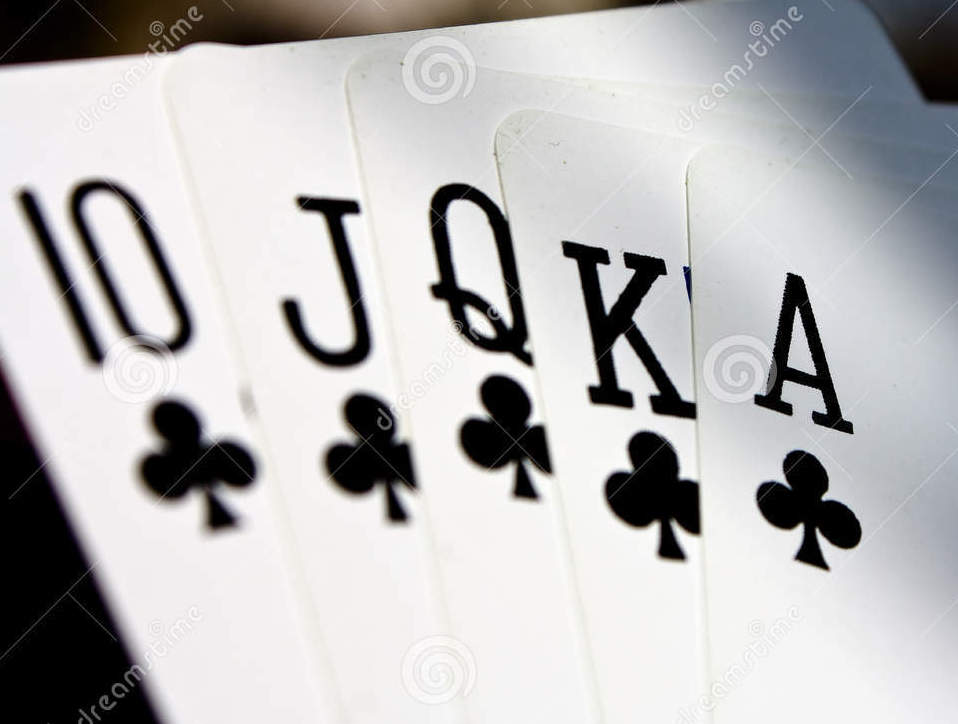So, 39 different “Doubles” according to The Bridge Guys, all of them requiring Partnership Agreements and Full Disclosure to those most inclined to shriek ”Director!”. What’s a casual amateur to do?
- Acknowledge that “Double” is probably the most useful bid in your toolkit (“Pass” being the probable exception.) It keeps bidding lower, and often is more descriptive of your hand. Select the 5 most useful doubles, and study them.
- Understand that the CONTEXT in which “Double” is bid is all-important.
- Make sure that your Partnership is united in use.
- Takeout: Context is your opponent(s) have opened and you want to fight. “Double” tells partner that you have opening points, shortage in the opponent’s bid suit, and support for whichever suit partner bids. The stronger your hand, the more relaxed the requirements.
- Negative: Context is partner has bid, opposition has been rude and overcalled. You have enough values to fight on, try to find a better suit than partner’s opening bid.
- Support: Context – you open, partner responds with a different suit, opposition overcalls your partner. “Double” tells partner that you have exactly 3 card support for his suit. Don’t lie to partner! If you have 4 card support, raise.
- Lead-directing: Context – it looks like opponents will play the hand and your partner will lead. If you think you can benefit, AND opponents use some kind of conventional bid eg Stayman and its responses, a Double will instruct partner to lead the doubled suit.
- Penalty: Context – you are certain of putting opponents down. Use sparingly; risk/reward ratio is seldom favourable.
